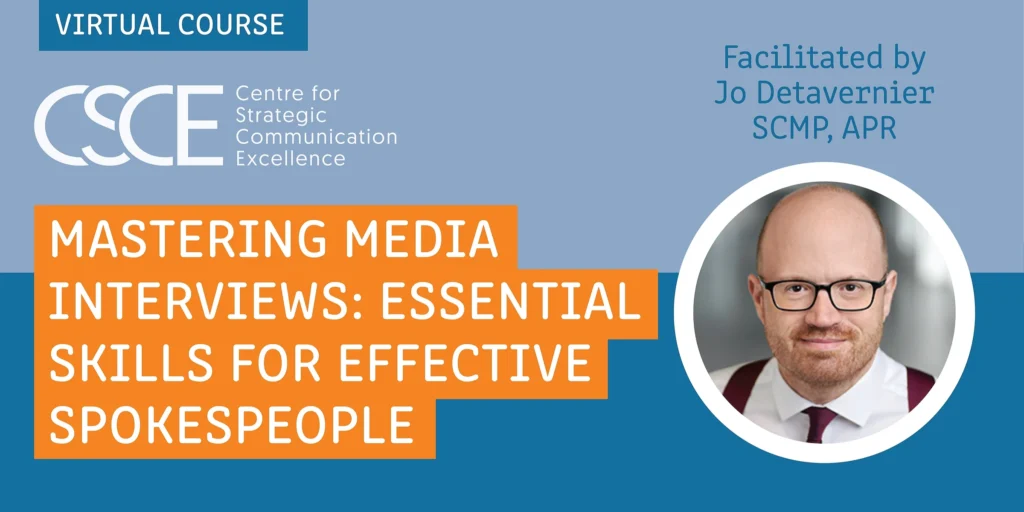We all know those people who love to hear the sound of their own voices. They are usually the ones we soon learn to stop listening to and start ignoring. Internal communication can have the same result. It’s when the organization, communicator or the communication professional loves the process more than the result, the tactic more than the strategy, and the output more than the outcome. It’s here that communication is most likely to fail.
It’s also here where organizations start questioning their investment in communication and communicators. I’ve been to these meetings…where the focus is on reducing noise, reducing costs (less stuff), and reducing the staff responsible for both in order to create efficiencies.
Here’s the thing. When a project, program or business strategy fail…leaders and employees alike often point to lack of communication as one of the key reasons for failure. So they know it’s important but what they are seeing and hearing often isn’t solving the problem either.
Remember, the definition of communication is that a message is sent and received…and I’d add that successful strategic communication happens when that message is understood and acted upon. Here are five tips to help you communicate successfully.
Five important principles to keep in mind
1. Focus on outcome versus output
When deciding to communicate, ask these questions: What is the IMPACT of communication? Why are we communicating? The answer should focus on the outcome you want to see not the delivery of the tactic itself.
2. Target your audience
When you take the time to understand your target audience – who they are, where they are, their opinions and attitudes, it will help you develop communication and messaging that will resonate. It will also help limit communication to a targeted group versus sending out a general notice that doesn’t apply to the majority.
3. Build trusted tools
Employees want to know that they can get the right information when they need it. They know to attend quarterly meetings when they want an update on financials; they know they can search for product information on a well-designed, searchable intranet; they know that an email will only come out from the president when there is something important to report. By ensuring that these tools are used for necessary, critical, timely information and kept up to date, employees learn to trust versus ignore these tools and the people delivering them.
4. Be clear and concise
Whether it’s writing the email, having a meeting or sharing a video, clearly articulate important messaging in as little time and using the fewest words possible. It will help you ensure that your message gets read and understood and shows respect for your employee’s time.
5. Engage frontline managers
Sharing information regularly in an easy-to-digest format helps you create ambassadors for your messages in the trenches. Research consistently tells us that employees want to hear company messages from their managers directly. Using toolkits (with messages and Q&A) and training managers on how to make them relevant to their teams can put you at a great advantage for communication success.
As a communication professional and someone who has hired many communicators in the past, I was constantly frustrated by potential employees who would show up with large portfolios but could not tell me about the result or impact of what they produced.
I’ve seen the result that strong, strategic communication can have on the success of a program, project and organization. It creates an atmosphere of trust and engages employees and has the potential to contribute to bottom-line results.
Let’s stop creating noise that teaches employees to ignore us and start creating communication that matters.





